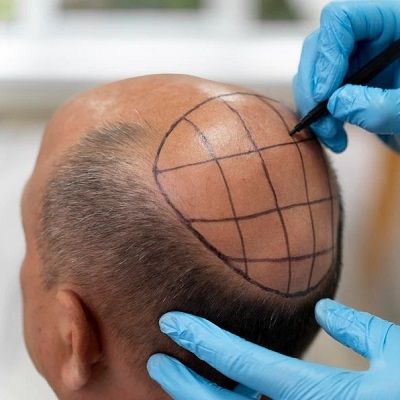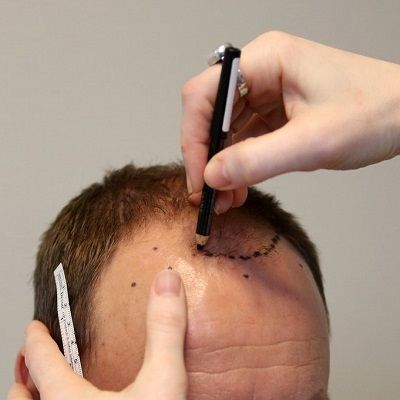Introduction
Hair loss in women is a common but often under-discussed issue, affecting millions worldwide. While hair thinning and loss have historically been associated with men, a growing number of women are seeking solutions to combat this problem. The Best Hair Transplant Clinic in Muscat, once considered a predominantly male procedure, are now becoming increasingly popular among women. This article explores the benefits of hair transplants for women, the process involved, and why this trend is gaining momentum.

Understanding Hair Loss in Women
Hair loss in women can be triggered by various factors, including genetics, hormonal changes, stress, and medical conditions like alopecia. Unlike men, who often experience receding hairlines or bald spots, women typically suffer from diffuse thinning across the scalp, making hair loss less noticeable but equally distressing. The emotional and psychological impact of hair loss on women can be profound, leading many to explore hair restoration options.
The Process of Hair Transplants for Women
Hair transplant procedures for women involve harvesting hair follicles from a donor area (usually the back or sides of the scalp, where hair growth is more robust) and implanting them into the thinning or balding areas. There are two primary techniques used in hair transplants:
- Follicular Unit Transplantation (FUT): In this method, a strip of scalp is removed from the donor area, and individual hair follicles are extracted and transplanted. This technique can cover larger areas but may leave a linear scar.
- Follicular Unit Extraction (FUE): This less invasive method involves extracting individual hair follicles directly from the donor area and transplanting them. FUE leaves minimal scarring and has a quicker recovery time, making it a preferred choice for many women.
The procedure is typically performed under local anesthesia, and depending on the extent of hair loss, it may take several hours. Post-procedure, patients can expect some redness and swelling, but most can resume normal activities within a few days.
Benefits of Hair Transplants for Women
- Natural-Looking Results: Hair transplants offer natural-looking results, as the transplanted hair is your own, growing naturally over time. This makes it difficult for others to detect that a transplant has been performed.
- Permanent Solution: Unlike temporary fixes such as wigs, extensions, or topical treatments, hair transplants provide a permanent solution to hair loss. Once the transplanted hair follicles take root, they continue to grow for a lifetime.
- Boosts Confidence and Self-Esteem: For many women, hair loss can lead to a significant drop in self-confidence. A successful hair transplant can restore not only hair but also a woman’s confidence, positively impacting her social and professional life.
- Customizable: Hair transplants can be tailored to meet individual needs. Whether it's restoring a thinning hairline, adding density to specific areas, or achieving a fuller look, the procedure can be customized to achieve the desired outcome.
- Minimally Invasive: Modern hair transplant techniques like FUE are minimally invasive, with quick recovery times and minimal discomfort. This allows women to return to their daily routines with minimal disruption.
- No Long-Term Maintenance: Unlike other hair restoration methods, hair transplants do not require ongoing maintenance. Once the transplanted hair grows, it can be treated just like the rest of your natural hair, with no special care required.
Characteristics of a Good Candidate
While hair transplants can be highly effective, not all women are ideal candidates. Good candidates typically have:
- Stable Hair Loss: Hair loss should be stabilized before undergoing a transplant to ensure the best results.
- Adequate Donor Hair: Sufficient hair in the donor area is essential for a successful transplant.
- Realistic Expectations: Understanding the potential outcomes and limitations of the procedure is crucial for satisfaction.
Conclusion
The growing trend of hair transplants among women is a testament to the procedure's effectiveness and life-changing benefits. With advancements in techniques and technology, hair transplants are now more accessible and tailored to meet the unique needs of women experiencing hair loss. For those struggling with thinning hair, a hair transplant can be a transformative solution, restoring not just hair but also self-esteem and confidence. As awareness of this option grows, more women are likely to consider hair transplants as a viable and permanent solution to their hair loss concerns.
